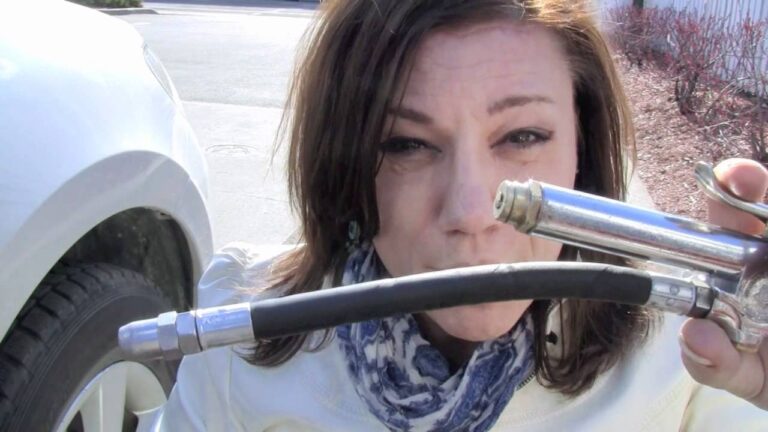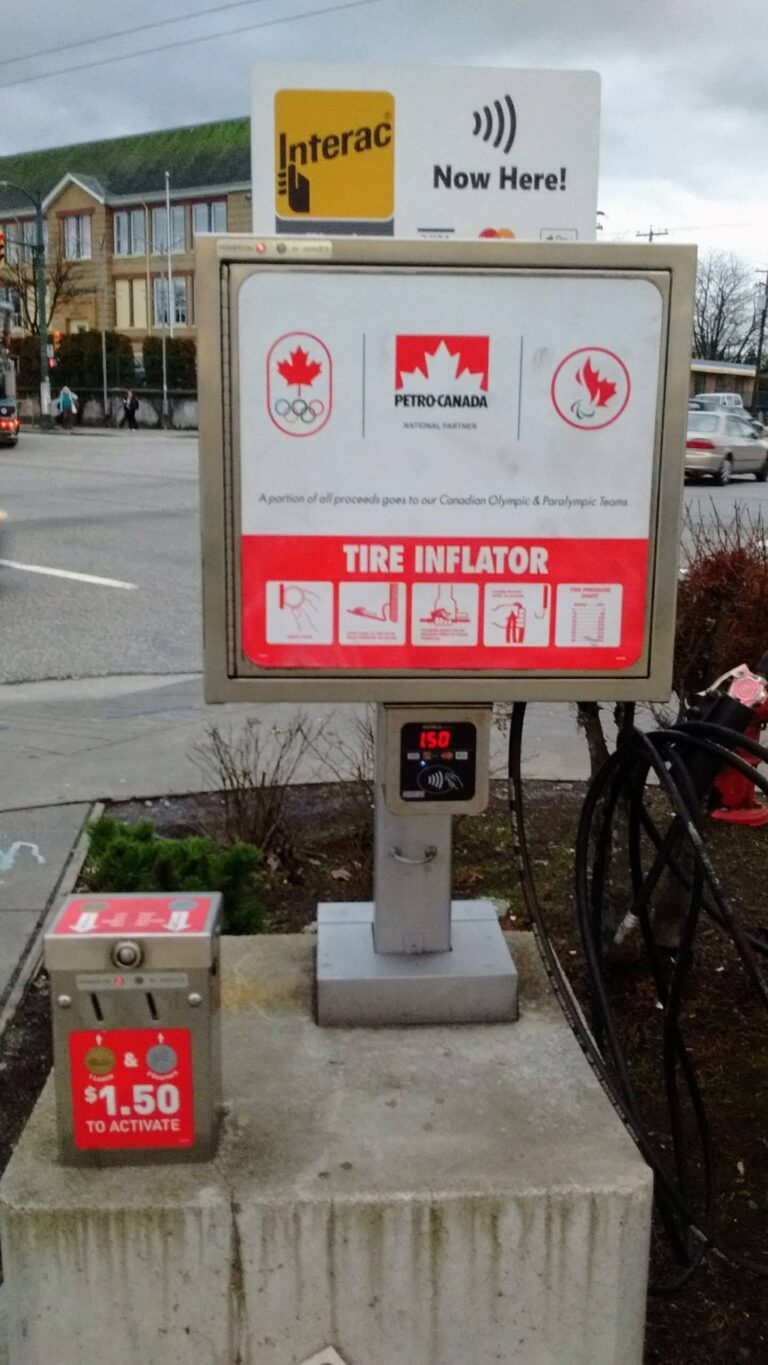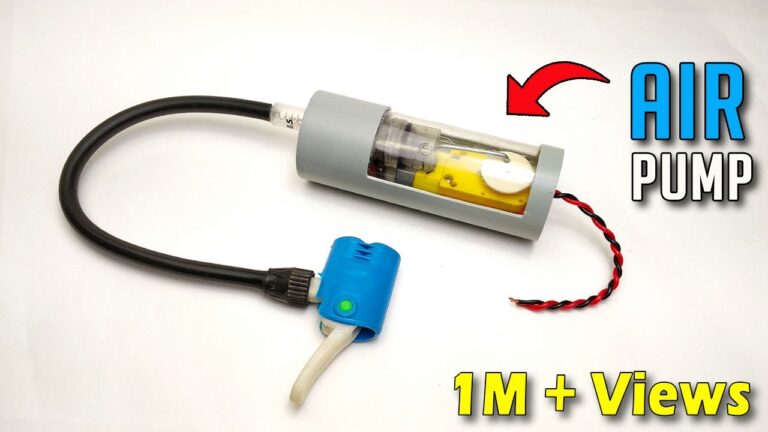How To Inflate A Bicycle Tire With A Presta Valve
Flat tire? It’s happened to the best of us! Knowing how to efficiently and effectively inflate your bike tires is crucial for a smooth ride. This guide will teach you everything you need to know about how to fill a bicycle tire with a Presta valve, ensuring you’re back on the road in no time. We’ll cover the tools you’ll need, the step-by-step process, troubleshooting common problems, and offer helpful tips for maintaining your tires. By the end, you’ll be a Presta valve pro!
Understanding Presta Valves
Presta valves, also known as French valves, are a common type of valve found on high-pressure bicycle tires. They are slimmer and more airtight than Schrader valves, making them ideal for road bikes and high-performance bicycles. Understanding their unique mechanism is key to successful inflation.
Presta Valve Anatomy
- The Valve Stem: This is the long, thin part extending from the tire. It houses a small pin that controls the air flow. Properly engaging this pin is crucial for inflation. The entire stem is designed to minimize air leakage.
- The Valve Cap: This protects the valve from dirt and debris. Ensure it’s securely in place to prevent leaks and damage.
- The Inner Tube: The inner tube is what actually holds the air pressure. Presta valves are integrated directly into the inner tube’s construction, creating a strong air seal.
Air Pressure Considerations
The recommended air pressure for your tires depends on your weight, riding style, and tire type. Check the sidewall of your tire for the recommended PSI (pounds per square inch) range.
- Tire Pressure Gauge: Using a reliable tire pressure gauge is vital for accurate inflation. Overinflating or underinflating your tires can affect performance and safety. Consistent checks are important to maintaining proper inflation.
- Temperature Effects: Tire pressure can fluctuate with temperature. On colder days, your tires will have lower pressure, and vice-versa. Regularly check pressure across a range of temperatures to maintain safety and comfort.
- Tire Wear: Over time, the tire and inner tube may wear down, affecting the air seal. Replacing worn-out components is essential to maintaining proper tire pressure.
The Tools You’ll Need
Gathering the right tools before you begin ensures a smooth and efficient inflation process. You’ll need only a few essential items.
Essential Equipment
- A Pump with a Presta Valve Adapter: Most floor pumps and hand pumps come with a Presta valve adapter. However, check your pump to confirm compatibility before starting.
- Tire Pressure Gauge: A quality tire pressure gauge will give you an accurate reading of your tire pressure, allowing you to inflate to the correct PSI as recommended on your tire.
- Small Wrench (Optional): In some rare cases, you may need a small wrench to loosen a stubborn valve cap.
How to Fill a Bicycle Tire with a Presta Valve
This section provides a step-by-step guide on how to fill a bicycle tire with a Presta valve, ensuring no air escapes.
Step-by-Step Inflation Guide
- Unscrew the Valve Cap: Carefully remove the valve cap and set it aside in a safe place to prevent it from getting lost.
- Open the Presta Valve: Push down lightly on the small pin at the center of the valve stem. This opens the valve, allowing air to flow into the inner tube. Push and hold until the process is complete.
- Attach the Pump: Firmly attach the pump head to the Presta valve stem. Ensure a tight seal to prevent air leakage.
- Inflate the Tire: Pump air into the tire until it reaches the recommended PSI printed on the sidewall. Use your tire pressure gauge for precise readings.
- Close the Presta Valve: Once the tire is at the proper PSI, release the pressure on the valve pin to close the valve. This prevents air from escaping.
- Replace the Valve Cap: Screw the valve cap back onto the valve stem to protect the valve and maintain its air seal.
Troubleshooting Common Problems
- Pump Won’t Attach: Make sure you are using a compatible pump. If the pump head is not fitting securely, try cleaning the valve stem to remove any dirt that may be interfering with the seal. Also confirm your pump head is a Presta valve adapter.
- Air Leaks: Check the valve stem and the area where the pump head connects for any signs of leaks. Also, inspect the tire for punctures. Applying a bit of lubricant to the valve stem may help if you have a slight leak. If the leak continues, replace the inner tube.
- Tire is Still Soft After Inflation: Double check that the valve is fully closed and there are no visible punctures in the tire or inner tube. You might need to adjust the pump head to ensure a solid seal.
Maintaining Your Bicycle Tires
Regular maintenance is key to preventing flat tires and maintaining optimal tire pressure. This section focuses on simple yet crucial practices.
Regular Tire Checks
- Visual Inspection: Regularly inspect your tires for any cuts, embedded objects, or signs of wear and tear. Replacing damaged tires prevents catastrophic events.
- Pressure Monitoring: Check your tire pressure before each ride. The frequency of checks depends on your riding style and environmental factors. Regular checks ensure a smoother ride.
- Proper Inflation: Always inflate your tires to the recommended PSI. Maintaining proper pressure enhances performance and safety. Over or under inflation may affect these aspects.
Debunking Common Myths about Presta Valves
Myth 1: Presta valves are more difficult to use than Schrader valves.
While there is a slightly different process, with practice, inflating a Presta valve becomes just as easy as using a Schrader valve. The advantages of better air retention often outweigh any perceived difficulty.
Myth 2: Presta valves are prone to more leaks.
Well-maintained Presta valves are actually less prone to leaks than Schrader valves due to their design. Properly closing the valve after inflation minimizes the possibility of air leakage.
Myth 3: Presta valves are harder to repair.
Repairing a Presta valve is not significantly more challenging than repairing a Schrader valve. With the right tools and techniques, both types of valves are relatively easy to fix.
FAQ
What should I do if my Presta valve won’t open?
Try gently pushing down on the pin in the center of the valve stem with your thumb. If it’s still stuck, you might need to use a small tool to carefully remove any debris that’s obstructing it. In rare instances, a damaged valve may necessitate replacement.
How often should I check my tire pressure?
It’s a good practice to check your tire pressure at least once a week, or before each ride, especially if you haven’t ridden for a while. This helps maintain optimal pressure and prevents flats.
What happens if I overinflate my tires?
Overinflation can lead to a bumpy, uncomfortable ride, and increase the risk of pinch flats (where the inner tube gets pinched between the tire and the rim). It can also damage the tire and rim over time.
What happens if I underinflate my tires?
Underinflation increases the rolling resistance, making it harder to pedal and reducing efficiency. It also increases the risk of pinch flats and impacts handling and safety.
Can I use a regular pump with a Presta valve?
Most floor pumps and high-quality hand pumps include an adapter for Presta valves. If your pump doesn’t have one, you’ll need to purchase an adapter or a pump specifically designed for Presta valves.
My tire is still soft even after inflation. What’s wrong?
Check for leaks in your tire or inner tube, and ensure the valve is properly closed. If the problem persists, there might be a puncture requiring repair or inner tube replacement.
How do I know what PSI to inflate my tires to?
The recommended PSI is printed on the sidewall of your tire. It is crucial to follow this information for optimal performance and safety.
Final Thoughts
Mastering the art of filling a bicycle tire with a Presta valve is a valuable skill for any cyclist. By following the steps outlined in this guide and practicing regularly, you can confidently maintain your tires and ensure a smooth, safe riding experience. Remember to regularly check your tire pressure, inspect for damage, and don’t hesitate to seek professional help if needed. Happy cycling!



